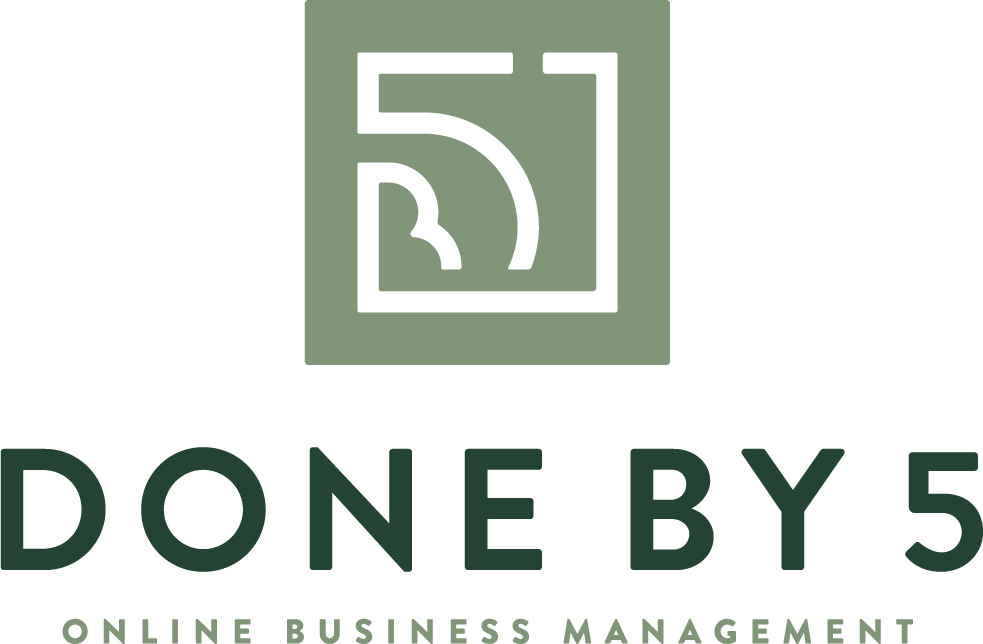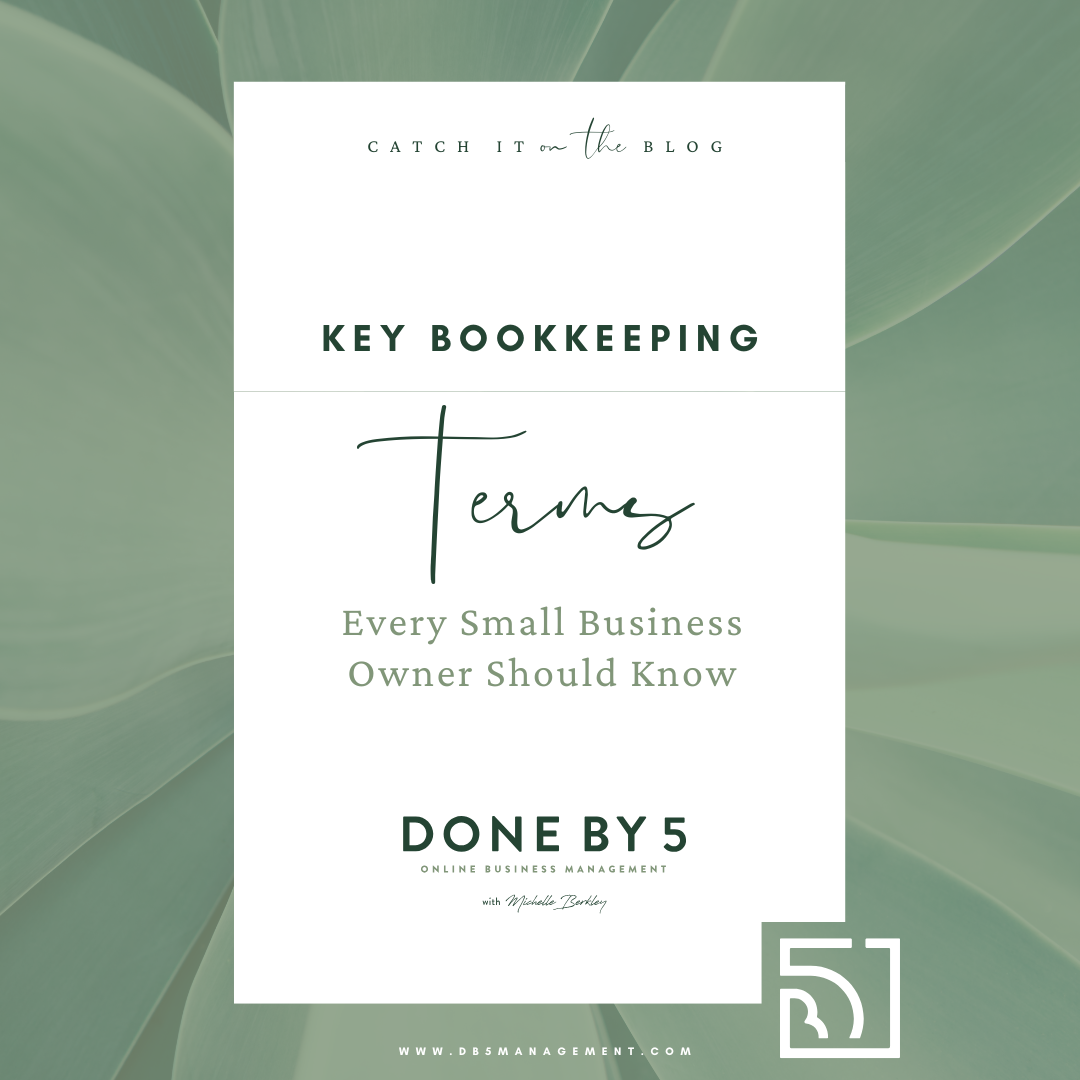Key Bookkeeping Terms Every Small Business Owner Should Know
If you’re a small business owner, bookkeeping may not be your favorite part of running a business—but it’s a crucial one. Understanding key bookkeeping terms can help you make informed financial decisions, avoid costly mistakes, and communicate effectively with accountants or bookkeepers. Here’s a breakdown of essential bookkeeping terms every business owner should know.
1. Assets
Assets are everything your business owns that has value. They can be classified into:
Current Assets – Cash, accounts receivable, inventory (things easily converted into cash within a year).
Fixed Assets – Equipment, buildings, land (long-term assets used in business operations).
2. Liabilities
Liabilities are what your business owes to others. They include:
Current Liabilities – Short-term debts like credit card balances, payroll, and accounts payable.
Long-Term Liabilities – Business loans, mortgages, or any debt due beyond a year.
3. Equity
Equity represents the owner’s stake in the business. It’s calculated as: Equity = Assets - Liabilities It includes owner investments and retained earnings (profits reinvested in the business).
4. Revenue (Income)
Revenue is the total amount of money your business earns from selling products or services before any expenses are deducted. It’s also known as sales or gross income.
5. Expenses
Expenses are the costs of running your business. They are categorized as:
Fixed Expenses – Costs that remain constant, like rent, salaries, and insurance.
Variable Expenses – Costs that change based on business activity, such as utilities, raw materials, and shipping fees.
6. Profit & Loss Statement (P&L)
Also called an Income Statement, this financial report summarizes your revenues, expenses, and profits over a specific period. It tells you whether your business is making money or operating at a loss.
7. Balance Sheet
A balance sheet provides a snapshot of your company’s financial position at a given time. It shows assets, liabilities, and equity to determine your net worth.
8. Cash Flow
Cash flow tracks the money moving in and out of your business. There are three types:
Operating Cash Flow – Cash from day-to-day business operations.
Investing Cash Flow – Cash used for buying or selling assets.
Financing Cash Flow – Cash from loans or investor funding. Maintaining positive cash flow ensures your business has enough money to cover expenses.
9. Accounts Payable (AP)
This refers to the money your business owes to suppliers or vendors for goods and services received but not yet paid for. Managing AP effectively helps avoid late fees and maintain good supplier relationships.
10. Accounts Receivable (AR)
AR is the money owed to your business by customers who purchased goods or services on credit. Keeping track of AR ensures timely collections and healthy cash flow.
11. Chart of Accounts (COA)
The Chart of Accounts is a structured list of all financial transactions in your bookkeeping system. It includes categories like assets, liabilities, equity, revenue, and expenses.
12. Depreciation
Depreciation is the reduction in the value of a fixed asset over time due to wear and tear. Businesses can deduct depreciation as an expense to reduce taxable income.
13. General Ledger (GL)
The General Ledger is a master record of all financial transactions within a business. It serves as the foundation for financial statements.
14. Reconciliation
Reconciliation involves comparing your business records to bank statements to ensure they match. This process helps catch errors, fraud, or missing transactions.
15. Accrual vs. Cash Accounting
Accrual Accounting – Records income and expenses when they are earned or incurred, regardless of when cash is received or paid.
Cash Accounting – Records income and expenses only when cash is received or paid. Small businesses often start with cash accounting for simplicity.
16. Gross Profit vs. Net Profit
Gross Profit = Revenue - Cost of Goods Sold (COGS). It measures profitability before expenses.
Net Profit = Gross Profit - Expenses. This is your actual bottom line, showing how much profit remains after all costs.
17. Payroll Liabilities
These include wages, payroll taxes, and benefits owed to employees but not yet paid.
18. Retained Earnings
Retained earnings are the portion of profits that a business reinvests rather than distributing to owners or shareholders.
Final Thoughts
Understanding these bookkeeping terms will help you stay on top of your business finances, avoid confusion, and make smarter financial decisions. If keeping track of all this feels overwhelming, consider hiring a bookkeeper or using accounting software to simplify your process.
✅ Quick Action Step: Pick one bookkeeping term from this list that you’re unfamiliar with and spend 5-10 minutes researching or reviewing it in your business records. Knowledge is power when it comes to your financial success!
←BACK
DON’T MISS THE LATEST POSTS
BUSINESS
How an OBM Can Transform Your Online Business Operations →
PRODUCTIVITY
Why Every Online Entrepreneur Needs an OBM →
TOOLS
Scaling Your Online Business: A Guide to Working with an OBM →
BUSINESS
How an OBM Can Help Your Online Business Thrive →




